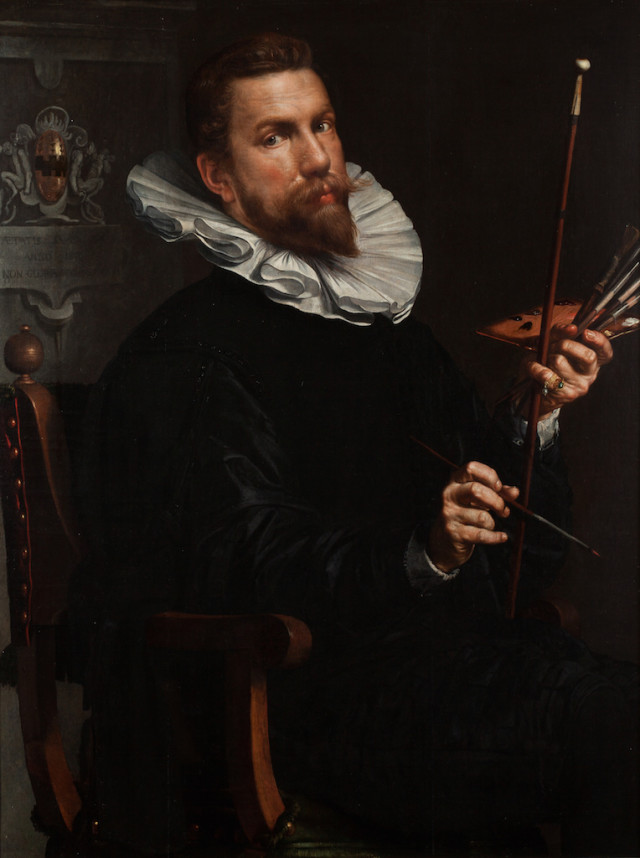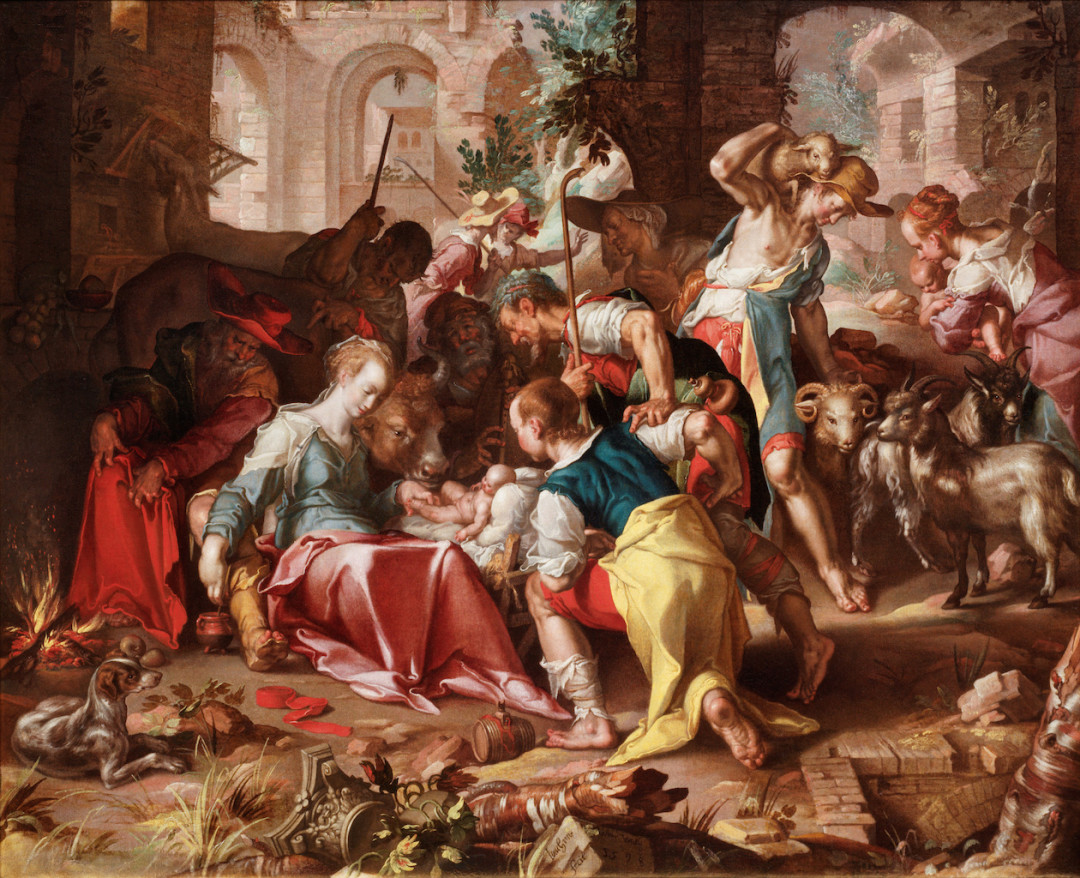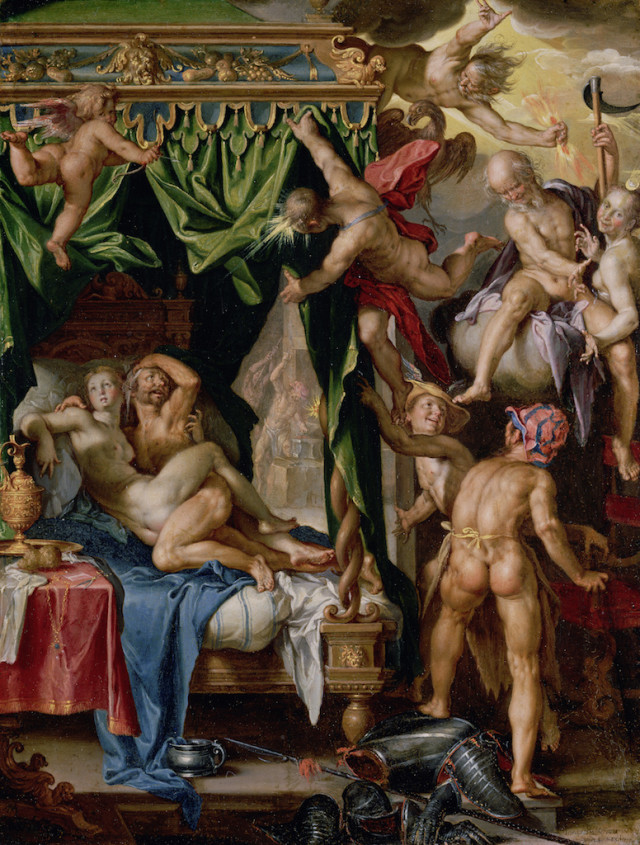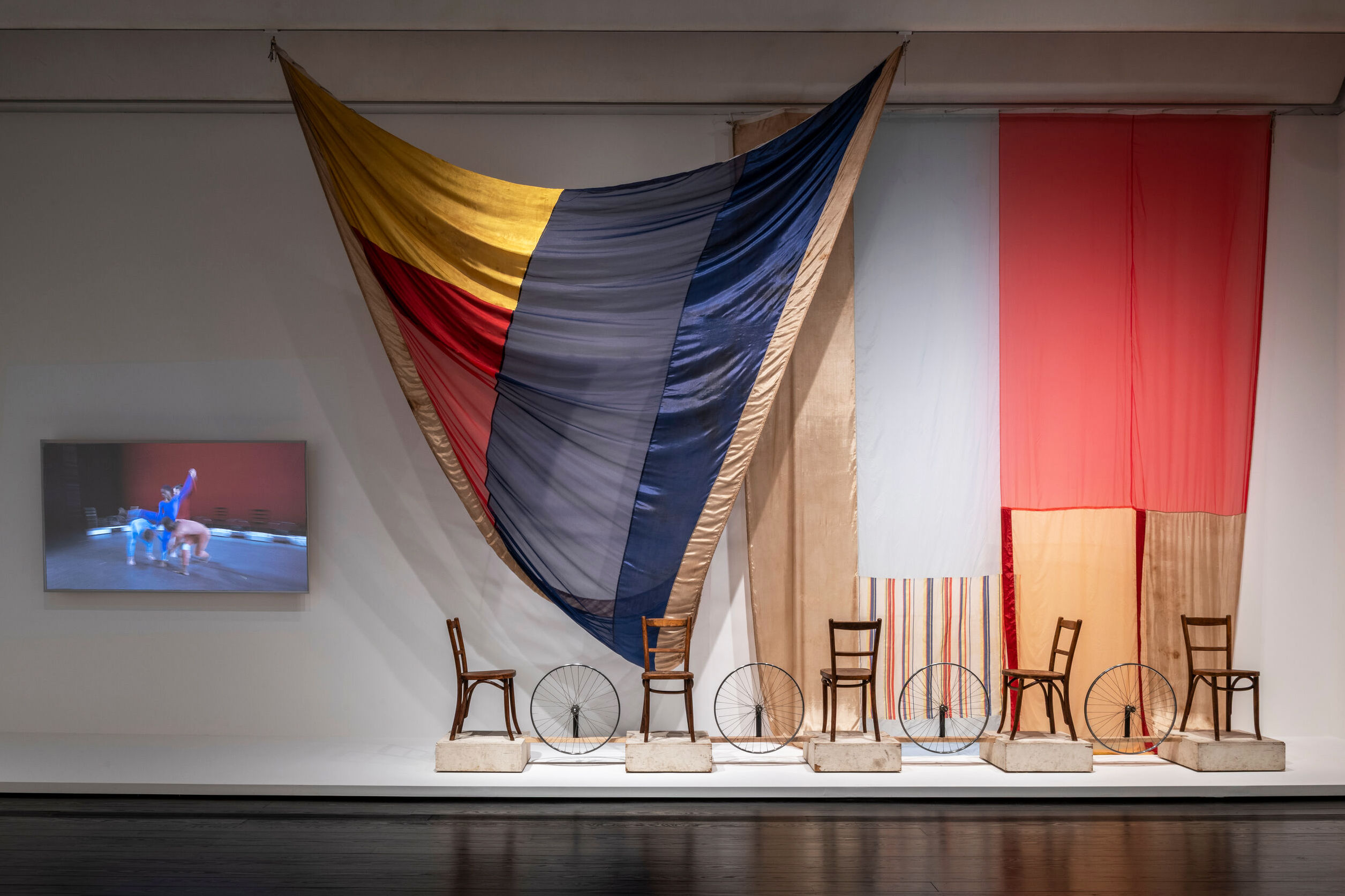Going Dutch

Self-Portrait, 1601
Oil on panel
Collection Centraal Museum Utrecht
Image: Centraal Museum Utrecht
Beginning Sunday, Nov. 1, Museum of Fine Arts, Houston will be one of three world galleries to host the first exhibition dedicated entirely to Dutch mannerist artist Joachim Wtewael. Pleasure and Piety: The Art of Joachim Wtewael—co-organized by MFAH; the National Gallery of Art, Washington; Central Museum Utrecht; and the Sarah Campbell Blaffer Foundation—showcases 37 paintings and 11 drawings by the Late Renaissance artist.
Born and raised in Utrecht, Wtewael (1566-1638) was a man of dichotomies. A successful flax merchant, Wtewael engaged in art out of passion rather than necessity. As Pleasure and Piety demonstrates, he portrayed the mythological and religious, the erotic and the pious, the natural and the ideal—with a distinct, refined draftsmanship revealed on both enormous canvasses and tiny copperplates, alike. Wtewael thus achieved a universal style that remained consistent throughout his life—which weaved strands from the artistic realism of his early-17th-century contemporaries within a larger fabric of late-16th-century Haarlem Mannerism. For example, true-to-life flora and fauna could be displayed alongside elegantly contorted “human” figures. A portrait of a family member could be entirely realistic, with the exception of the subject’s anatomically distorted hands.

Image: Centraal Museum Utrecht
These disparities are what initially drew curator James Clifton to Wtewael’s works in grad school. “I had long been attracted to the art of that period—the end of the 16th and the start of the 17th century…But, Wtewael was an extraordinary artist. [At Pleasure and Piety,] you will be able to view his works in person and appreciate the skill he had in creating these compositions,” he explains. The exhibition even features an iPad, where, Clifton says, “you can zoom into [Wtewael’s] smaller works and note [his] excellent craftsmanship.”

Image: J. Paul Getty Museum
The exhibition—which includes works drawn from the Louvre; the National Gallery, London; and the Clark Art Institute in Massachusetts—is showcased in three separate galleries at MFAH that organize Wtewael’s works by subject matter, rather than chronology. The first of these features portraits of family members and close acquaintances; the second, Biblical scenes; and the third, mythological subjects largely derived from Ovid’s Metamorphoses. Attendees will also be able to access an audio tour guide, which explains the stories behind 12 of Wtewael’s pieces.
The range of works showcased in Pleasure and Piety displays Wtewael’s artistic excellence, which has long been overshadowed by the exacting realism that dominated the Dutch Golden Age. “Whether the audience looks at the six-by-six foot canvasses or the tiny paintings…my hope is that this exhibition will serve as an introduction to a great artist who has been understudied and is not very well-known,” Clifton says.
Pleasure and Piety: The Art of Joachim Wtewael. Nov 1–Jan 31. Museum of Fine Arts, Houston, 1001 Bissonnet St. 713-639-7300. mfah.org




